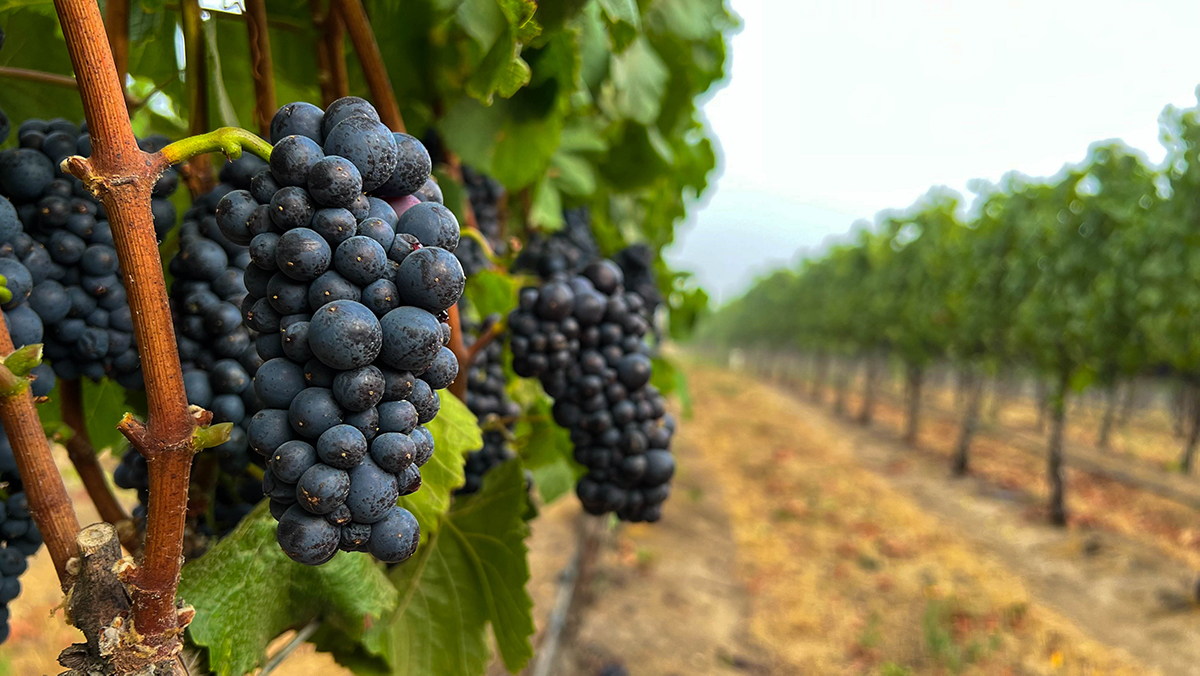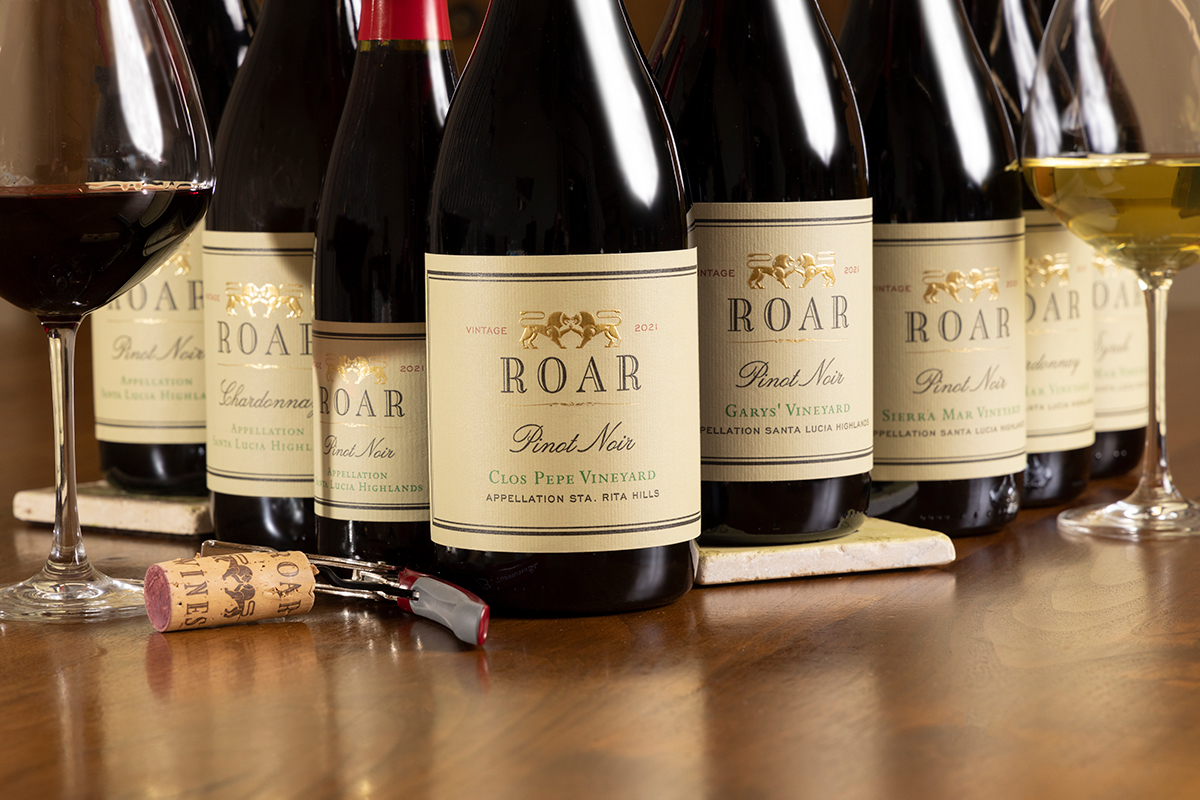“Quality starts in the vineyard, and our work there is paramount in crafting exceptional wines,” says Gary. Our vineyard crews have decades of experience and touch each vine once every 12 days during the growing season. Our methods are high-touch and high-intensity attention to detail. Every decision makes an impact, from the long-term commitments of rootstock and clonal selections to the seasonal duties of shoot and cluster thinning.
Thinning the crop is an example of one of the most crucial and painstaking decisions we make, sacrificing quantity for quality each growing season. In years where the fruit is abundant on the vine, this requires close assessment and careful execution. The ultimate goal is to bring each vine into its optimal cluster load to efficiently distribute its resources to maintain healthy vines and grape clusters. Balancing the crop load helps the grapes to achieve full ripeness and concentration of flavors.




